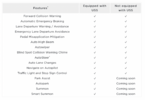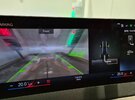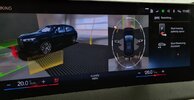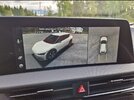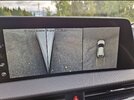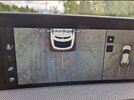Tam
Well-Known Member
That's Tesla's belief. No sensor fusion. No radar. No sonars. Just pure vision....Does anyone actually believe Vision-only will be superior...
Waymo has proven that sensor fusion is best in a geofenced location as it began its public rides with no human driver/backup staff in the car in 2019.Other systems that also heavily use Vision but are complemented by other sensors
2022 Tesla Vision can still collide if the backup driver is not driving.
Will it just get most of the way with some sacrifices here and there?
MobilEye believes pure vision can be very good but only up to level 2 (ADAS) and cannot be improved beyond that. To go beyond level 2, MobilEye uses sensor fusion with cameras, 4-d radars, lidars, and sonars.



